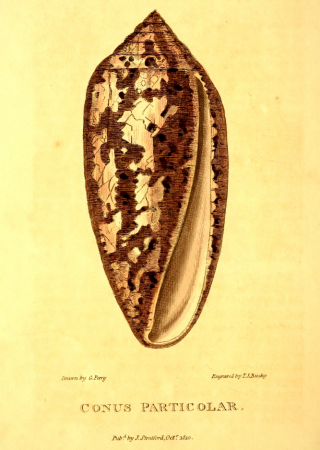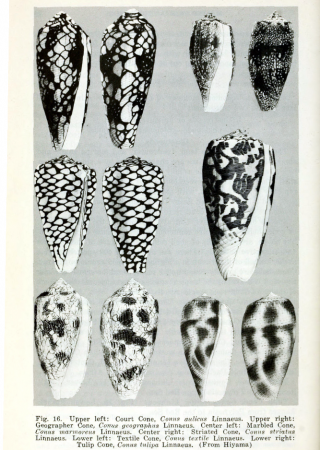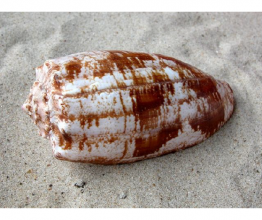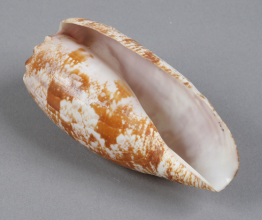Geography cone
Conus geographus
Did you know that… ?
- ...the geography cone has the most potent poison of all cones?
- ...the shells of all cones have always been prized for their beauty, and of interest to collectors?
- ...cones have a poisonous stinger located on the tip of a long, extensible tentacle, which can reach up to three-quarters of the length of the shell?
- ...the geography cone is a predator, even capable of catching fish large than itself?
- ...there is no antidote for cone venom; the treatment consists solely of trying to keep the victim alive until the poison wears off?
- ...this cone has been responsible for five documented deaths through 1958?
- ...there are around 400 species of cones, found primarily in tropical oceans?
Practical info
Basic information:
Phylum - mollusks (Mollusca)
Class - gastropods (Gastropoda)
Maximum length - 10 cm
Food - worms, mollusks, fish
Distribution - Indo-Pacific, Red Sea
Type of poison - neurotoxin
Distinguishing marks:
Shell is wide, thin-walled and barrel-shaped. The mouth of the shell is long and relatively thin, only in the lower part is it markedly wider. Color is a characteristic irregular white with brown spots.
Characteristics and poison
Conus geographus is a type of sea snail, found among coral reefs in the Indo-Pacific Ocean, and in the Red Sea. It is one of the few snails that can be dangerous to humans. The geography cone, like other cones, attacks its prey by using an extensible tentacle, tipped with a poisonous sting. The stinger is shaped like a hollow harpoon, even possessing rear-facing spines. The geography cone's toxin causes muscle paralysis, accompanied by pain, nausea, vomiting and abdominal colic. More severe cases display accelerated pulse, double vision, vocal paralysis and uncoordinated movements.




